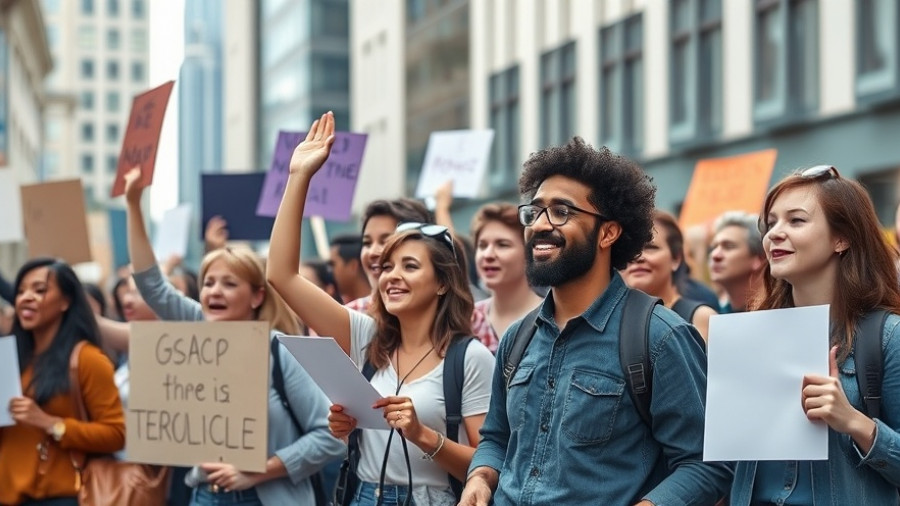
The Ambitious Housing Agenda of Zohran Mamdani
As the frontrunner in the upcoming New York City mayoral election, Zohran Mamdani is making waves with his bold promise to provide affordable housing for all. Winning the Democratic primary, the 33-year-old candidate has been recognized not just for his political acumen, but for his revolutionary proposals aimed at resolving one of the city's most pressing crises: the lack of affordable housing.
Why New Yorkers Are Demanding Action
New York City has seen its housing crisis deepen to alarming levels, with rental rates practically unaffordable for average residents. According to recent reports, only 1.4% of apartments are available for rent, while the typical household spends more than half of their income on housing. Housing experts report that “affordable” units can still run renters upwards of $3,500 a month. This dire situation resonates with voters, explaining why Mamdani's message struck a chord.
A Multifaceted Approach to Housing
In a bid to combat rising rents and build a more equitable city, Mamdani proposes a series of initiatives. Among them, his commitment to freeze rents on 1 million rent-stabilized apartments demonstrates a strong stance on tenant protections. However, experts warn that while this move is well-intentioned, it could backfire if not paired with support for property owners, as reported by Barika Williams, Executive Director of the Association for Neighborhood and Housing Development.
Targeting the Root Causes of the Crisis
With ambitious plans to construct 200,000 new affordable housing units over the next decade, financed through $70 billion raised from municipal bonds, Mamdani aims to reshape the housing landscape. Yet many are skeptical about how he will overcome the city’s current debt restrictions and the need for political backing. Rachel Fee from the New York City Housing Conference notes that gaining city council approval for such financing will be a monumental task.
The Challenges Ahead
While the ambition is commendable, it raises questions about feasibility. Experts emphasize the necessity of federal funding, which is currently at risk due to proposed cuts. If the Trump administration's budget comes to pass, New York could lose over $4.4 billion in housing funds. This financial strain could cripple Mamdani's plans to improve public housing conditions managed by NYCHA – the city's largest public housing agency, which already requires an estimated $80 billion to rehabilitate its facilities.
Bipartisan Support: A Long Shot or Key to Success?
If Mamdani is to fully realize his plans, garnering bipartisan support may be essential. Political analysts suggest making the case for his tax proposals – which include raising the top income tax rate for high earners from 10.9% to 12.9% – appealing not just to progressive voters but to fiscal conservatives by emphasizing economic growth and stability.
Insights from the Experts
The implications of Mamdani's strategies include complications that could arise from intertwining rent freezes with incentives for developers. Experts like Howard Slatkin lament that failing to create an environment conducive to private investment could undermine any gains made through public initiatives. CNN Business reported that affordable housing necessitates significant subsidies, prompting discussions on potential public-private partnerships.
New York's Future Under Mamdani's Vision
As the election looms closer, it is evident that while Mamdani's agenda is ambitious, it requires addressing the existing complexities of financing, development, and maintaining affordable housing. Despite potential pitfalls, the underlying desire for a more accessible New York remains a powerful catalyst for change.
Conclusion: Embracing the Challenge
If New Yorkers rally behind Mamdani’s proposals, it may signal a new era of policy-driven housing reform. This approach, embodying not only a response to immediate needs but also a long-term commitment to fair housing, could serve as a blueprint for other cities grappling with similar issues.
 Add Row
Add Row  Add
Add 




Write A Comment